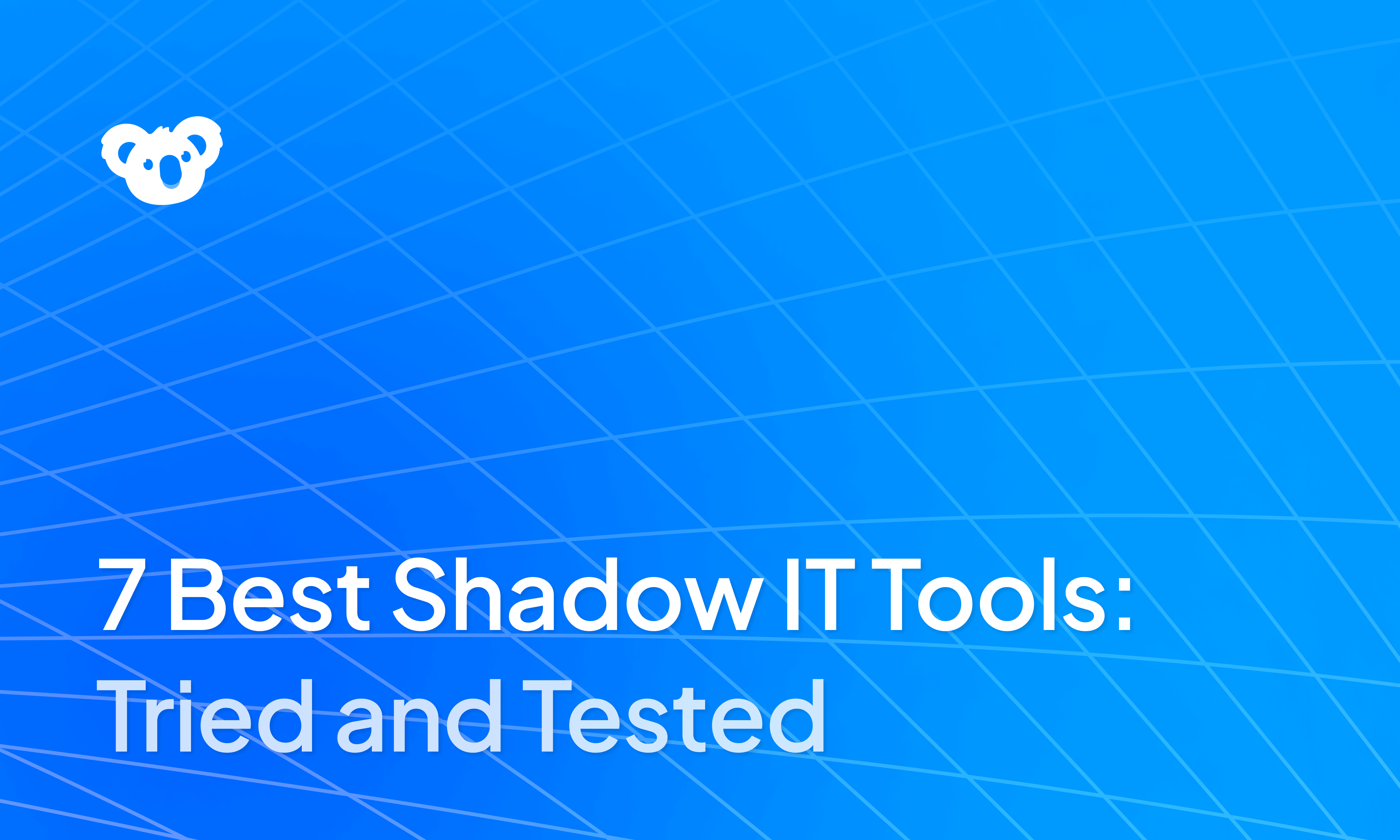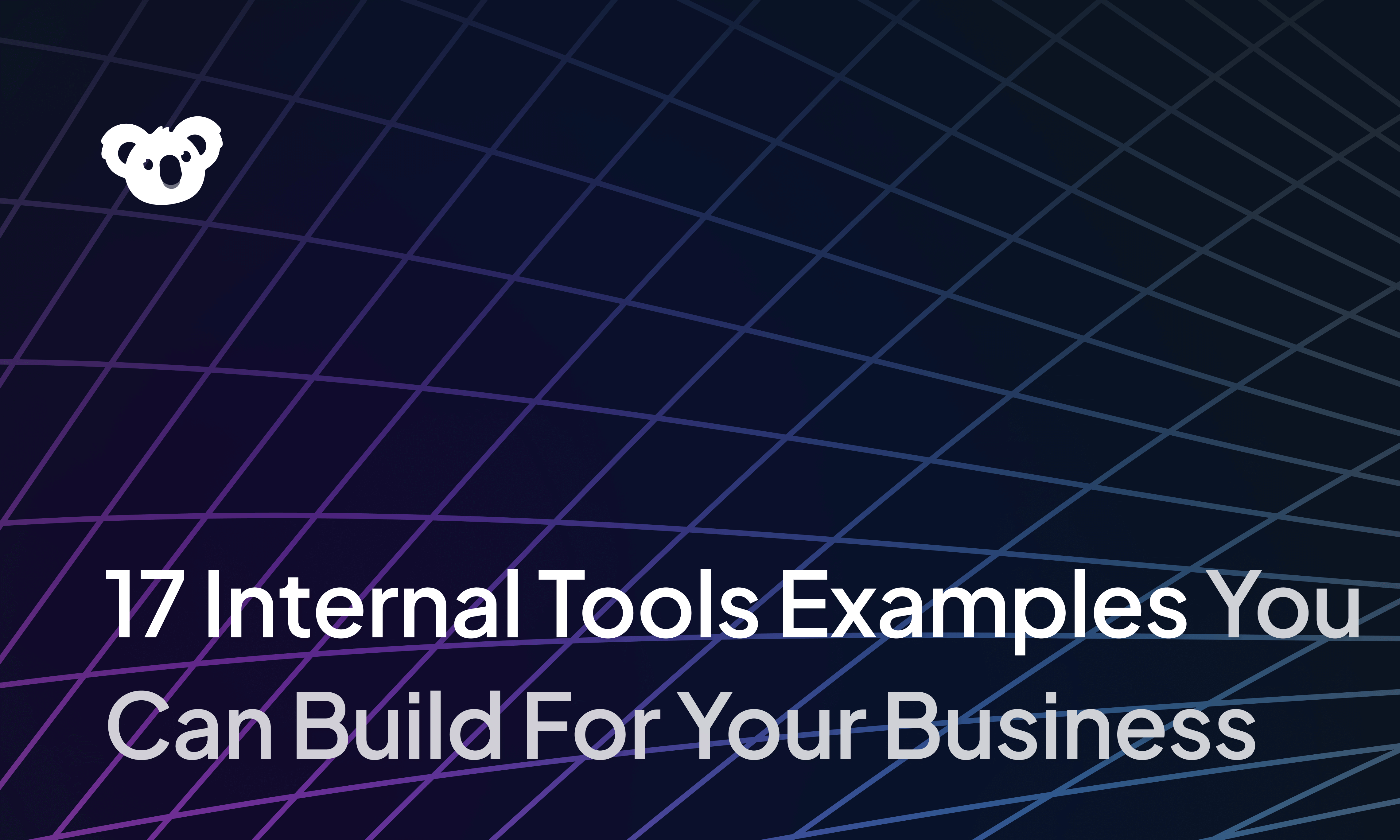


Enterprise vibe coding leverages AI tools to speed up software development, but with the guardrails needed for production. With these tools, you describe what an app should do, the AI generates the code, and you refine it until it works. In an enterprise setting, that process has to produce software that is secure, maintainable, and scalable.
In this article, we’ll cover:
- What is enterprise vibe coding
- Challenges and best practices of using this development approach
- Tools and platforms enterprises are using to vibe code
What is vibe coding?
Vibe coding is a development approach where you describe what you want to build in plain language, and the AI translates those instructions into executable code or applications. From there, you run the code, spot what feels off, and adjust with new prompts, visually or by directly editing the AI-generated code. The exact flow depends on the platform.
The term was popularized by Andrej Karpathy, who described it as “fully giving in to the vibes”. This approach prioritizes creative and strategic aspects of software development. Developers steer the overall architecture and application logic by explaining what the system should do rather than how to implement it.
Unfortunately, vibe-coded apps often miss critical security, scalability, and maintainability requirements that enterprise-grade apps demand. This is because AI-generated code often contains vulnerabilities, poorly organized code, and logic gaps that non-developers and even experienced coders miss before deploying.
What is enterprise vibe coding?
Enterprise vibe coding refers to using conversational AI to generate code, but with all the safety checks and scaling requirements that large organizations demand. In short, it’s vibe coding in a way that enterprises can trust in production.
Done well, this approach delivers significant benefits:
- Faster time-to-value: AI handles boilerplate so teams can ship apps and integrations faster.
- Better developer experience: Engineers spend time on creative problem-solving instead of fighting deployment pipelines or writing repetitive code.
- Democratized development: Business analysts or product managers can describe workflows in plain language, while engineers refine and productionize.
- Reduced bottlenecks: Product teams don't wait for engineering resources to build simple internal tools or dashboard modifications.
- Faster modernization: AI-driven iteration helps bridge legacy platforms with modern stacks more efficiently than traditional coding approaches.
Principles of enterprise vibe coding
The following principles ensure AI-enabled speed doesn’t come at the cost of code quality or security. They include:
- Governance and guardrails: Establish your coding standards, security requirements, and design rules upfront. Use automated tools to enforce these rules so every piece of generated code aligns with your company's guidelines.
- Human‑in‑the‑loop oversight: Enterprises need clear ownership and human review before anything reaches production. This accountability prevents mistakes and ensures decisions are traceable for audits or incident investigations.
- Continuous feedback and iteration: Teams need a safe way to test AI-generated code without breaking production. Preview environments, feature flags, and real-time usage data let developers try ideas, see what works, and fix issues before anything goes live.
- Collaboration and role clarity: Product, security, and data teams all influence how applications work. Enterprises need clear responsibilities and regular reviews so AI-generated work aligns with both business goals and compliance needs.
- Strong testing and documentation: Code that works today can become a liability tomorrow if it’s not testable or documented. AI can draft tests and docs, but humans must refine them. This keeps systems reliable over time and makes it easier for future teams to understand past decisions.
- Integration and data stewardship: AI-generated apps must connect securely to databases, APIs, and legacy platforms. Using approved connectors and schema validation prevents data leaks, misuse, or integration failures.
- Traceability and auditability: Recording prompts, model versions, and approvals creates a clear audit trail. This makes it possible to explain how code was created, who signed off, and why it was safe to deploy.
How does vibe coding differ from traditional development?
Traditional development is a step-by-step process that requires manually writing, reviewing, and debugging code, while vibe coding is conversational and interactive.
Here’s how these two development approaches differ:
Development philosophy
Traditional development is engineering-first. Teams design architecture upfront, write detailed specifications, and build systems incrementally. You need to know at least one programming language or framework, and how to test and debug code.
Vibe coding shifts the focus from process to outcome. Instead of planning every step, you describe the final output you want. The AI generates the code, and you refine it through prompts or edits until the output matches your intent. The main skill is understanding logic and communicating ideas clearly.
Speed vs precision tradeoffs
Vibe coding produces working software in a fraction of the time. You can build an app in hours. But large-scale applications are frustrating to modify. The generated code may be overly complex or contain clever but opaque solutions that are harder to adapt or debug.
Traditional development moves slowly since developers write, test, and review every line manually. This extra precision often results in software that follows clear design patterns, established team standards, and logical structures.
Learning curve and accessibility
As mentioned before, you need to know how to develop, debug, and deploy software if you’re manually coding. Vibe coding lowers the barrier. You only need to know how to explain your functionality. As Replit CEO Amjad Masad noted, 75% of Replit users never write a single line of code. Vibe coding opens the door for non-technical contributors to build and test ideas.
Tools that power vibe coding in the enterprise
Vibe coding in an enterprise isn’t possible without the right tooling. These tools fall into the following categories:
AI-powered code editors
These tools bring AI directly into the developer workflow inside integrated development environments (IDEs). They support professional developers with auto-completion, multi-file refactoring, and agentic features for code generation, review, and automation. Examples include Windsurf, Cursor, and GitHub Copilot.
AI prompt to app builders
These tools turn natural language prompts into functional applications. They’re best for rapid prototyping and building minimum viable products (MVPs), where speed matters more than long-term maintainability. Examples include Lovable, Bolt, and v0 by Vercel.
Enterprise app platforms
These platforms are designed for production-grade enterprise applications. Superblocks is one example. It supports AI app generation from natural language prompts (via Clark), visual editing through a drag-and-drop interface, and local editing in an IDE. It also includes enterprise-grade governance features such as SSO, RBAC, and audit logs so apps can scale securely into production.
Why are enterprises paying attention to vibe coding?
Enterprises are paying attention to vibe coding because traditional development cycles can’t keep up with competitive and organizational demands.
Specifically, the main drivers are:
- Demand for faster shipping cycles: Product teams are under pressure to deliver new features and integrations at a faster pace. Traditional sprints and release cycles often feel too slow against competitive timelines. Vibe coding addresses this by letting AI build prototypes and even full applications.
- Developer retention and satisfaction: Developers are experimenting with AI tools on their own. Enterprises face pressure to officially support and standardize AI-assisted workflows, or risk shadow AI adoption without governance.
- Pressure to innovate with AI-assisted workflows: Boards and executives increasingly expect visible AI initiatives across the business. Competitors are using AI to cut costs and accelerate delivery, and teams that fail to keep up risk losing credibility. Vibe coding gives enterprises a way to demonstrate progress by applying AI to software delivery.
Challenges of enterprise vibe coding
The challenges of enterprise vibe coding stem from balancing speed with the structure enterprises need.
The most pressing issues are:
- Governance and security concerns: AI-generated code might overlook basic security steps, pull in unvetted dependencies, or handle sensitive data incorrectly. Traditional review processes usually catch these issues, but they move too slowly for AI-driven development cycles.
- Scaling "vibe" workflows across distributed teams: Scaling vibe coding across hundreds of developers is difficult. Inconsistent prompting styles, duplicate work, and a lack of shared patterns can fragment codebases.
- Balancing rapid iteration with long-term maintainability: AI accelerates delivery but often generates code optimized for functionality, not sustainability. Left unchecked, this creates technical debt that grows with system complexity.
How can enterprises adopt vibe coding successfully?
Enterprises can adopt vibe coding successfully by starting small, embedding governance in their dev workflows, and scaling with the right tools and culture.
Below are some of the best practices:
- Start with pilot projects: Pick use cases where speed matters more than perfection and the risk of failure is low. For example, internal dashboards where teams need quick visibility into KPIs.
- Balance autonomy with governance: Give developers room to experiment, but embed guardrails from the start. Use approved component libraries, secure default configurations, and automated security checks.
- Invest in the right tooling: Choose platforms where AI assistance feels native to the workflow. For mixed-skill teams, look for solutions that offer both visual editing and full-code access so business users and developers can tweak the generated code.
- Build a culture of creativity and accountability: Encourage experimentation while reinforcing standards for testing, documentation, and ownership. Make it clear that AI accelerates development, but quality and security remain human responsibilities.
What’s next for enterprise vibe coding?
Enterprise vibe coding is still early, but the next wave will focus less on raw speed and more on making AI-assisted development enterprise-ready at scale.
Three shifts stand out:
- Smarter guardrails: Governance will shift from static rules to adaptive systems. Expect real-time policy enforcement, automated compliance checks, and AI models tuned to a company’s own coding standards.
- Focus on maintainability: Enterprises will demand AI-generated code that’s self-documenting, testable, and explainable.
- Deeper integration into enterprise stacks: AI copilots will be built directly into IDEs, CI/CD pipelines, and enterprise platforms. Vibe coding outputs will connect natively to ERP, CRM, and data platforms without extra glue code.
Choose Superblocks for responsible enterprise vibe coding
Superblocks provides an AI-native enterprise app development platform designed for security, centralized oversight, and managed governance. It enforces your organization’s policies (design, security, audit, RBAC) by default.
This is especially valuable for vibe coding in enterprises, where rapid, AI-driven app development can accidentally introduce security risks if it isn’t centrally managed.
Our platform supports enterprise-wide governance through:
- Flexible development modalities: Teams can use Clark to generate apps from prompts, the WYSIWYG drag-and-drop editor, or code. Superblocks syncs the changes you make in code and the visual editor.
- Context-aware AI app generation: Every app built with Clark abides by organizational standards for data security, permissions, and compliance. This addresses the major LLM risks of ungoverned shadow AI app generation.
- Centrally managed governance layer: It supports granular access controls with RBAC, SSO, and audit logs, all centrally governed from a single pane of glass across all users. It also integrates with secret managers for safe credentials management.
- Keeping data on prem: It has an on-prem agent you can deploy within your VPC to keep sensitive data in-network.
- Extensive integrations: It can integrate with any API or databases. These integrations include your SDLC processes, like Git workflows and CI/CD pipelines.
Ready for enterprise-grade governance? Book a demo with one of our product experts.
Frequently Asked Questions
How does vibe coding differ from traditional software development?
Vibe coding uses AI to generate code from natural language prompts, while traditional development relies on upfront planning, manual coding, and structured processes.
What tools are best for vibe coding?
The best vibe coding tools are Superblocks for internal tool development, Cursor for repo-aware editing, and Lovable for rapid prototyping.
Why is vibe coding important for enterprises?
Vibe coding is important for enterprises because it speeds up software delivery and helps teams validate ideas quickly. That speed lets product teams respond to customer demands sooner and clear internal backlogs for tools and integrations.
What are the biggest challenges of enterprise vibe coding?
The main challenges of enterprise vibe coding are keeping apps secure and compliant, scaling workflows across large teams, and preventing technical debt from accumulating. Success requires platforms that embed governance into the development process rather than adding it as a separate layer.
Is vibe coding just a developer trend?
No, vibe coding is not just a trend. The approach is likely to have a lasting impact on how enterprises build software due to its speed and ability to democratize development across teams.
Stay tuned for updates
Get the latest Superblocks news and internal tooling market insights.
You've successfully signed up
Request early access
Step 1 of 2
Request early access
Step 2 of 2
You’ve been added to the waitlist!
Book a demo to skip the waitlist
Thank you for your interest!
A member of our team will be in touch soon to schedule a demo.
Table of Contents






